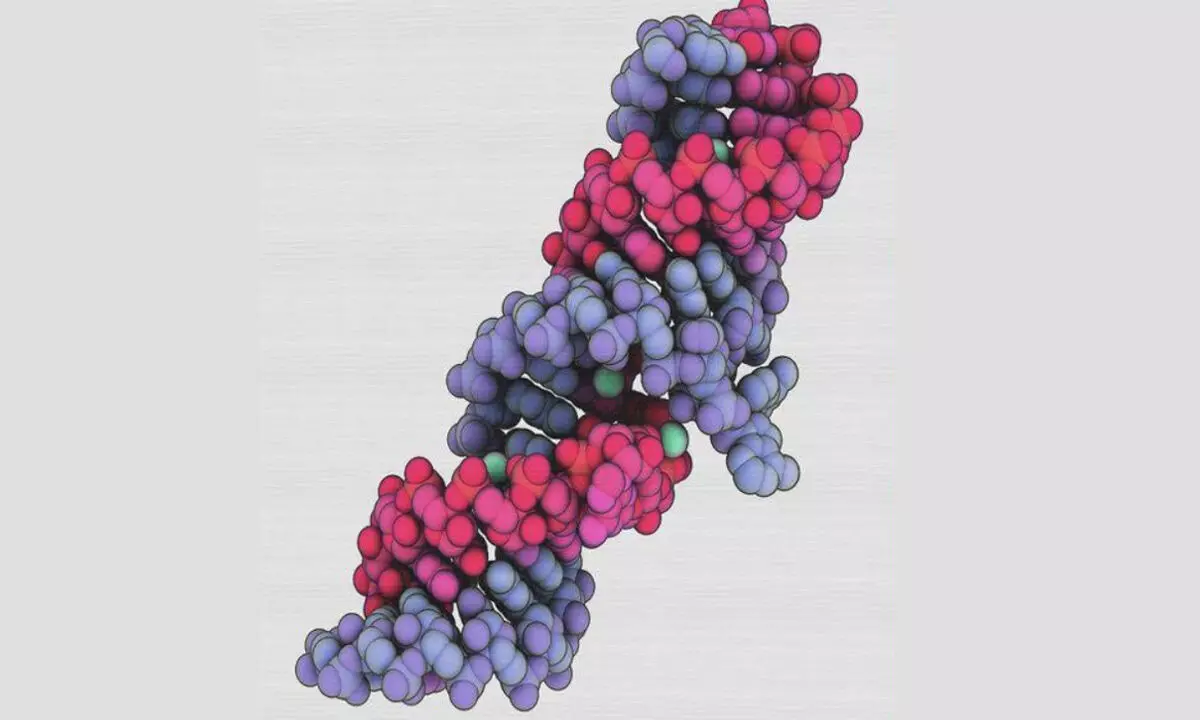IISER Bhopal team finds circular RNA molecule behind HIV-1 virus replication

Scientists from the Indian Institute of Science Education and Research (IISER) Bhopal has identified a specific circular RNA which plays a crucial role in multiplication of the AIDS-causing HIV-1 virus within the human body.
Bhopal: Scientists from the Indian Institute of Science Education and Research (IISER) Bhopal has identified a specific circular RNA which plays a crucial role in multiplication of the AIDS-causing HIV-1 virus within the human body.
The study, published in the peer-reviewed journal Science Advances, revealed how the newly identified circular RNA molecule, called ciTRAN, influences the virus's transcription process, which could potentially lead to novel therapeutic strategies against HIV-1.
The RNA or Ribonucleic acid is a molecule in living cells that carries genetic information and helps in the production of proteins. RNAs are in general straight-chain, free-end structures but one form of RNA called ‘circRNA’ forms a closed-loop.
The circRNA plays a pivotal role in regulating gene expression and is essential for various biological processes. Its role in HIV-1 replication has remained unclear for a long time.
“Characterising circular RNA can be tricky because it usually is less abundant, making it further challenging to detect in the native form. It is like trying to follow a complicated recipe,” said lead author Dr Ajit Chande, from Department of Biological Sciences, IISER Bhopal.
"Our results indicate that HIV-1 virus hijacks this host-encoded ciTRAN in such a way that it can use it to multiply efficiently. This discovery uncovers a previously unknown aspect of how viruses like HIV-1 overcome transmission barriers,” he added.
The team developed a novel approach called circDR-Seq to successfully capture circRNAs from T-cells (white blood cells) infected with the HIV-1 virus and identified a specific circRNA named ciTRAN.
Along with this, researchers also developed a molecule capable of inhibiting viral transcription that may be helpful in HIV-1 treatment.
By showing how ciTRAN promotes the virus's ability to multiply efficiently, this study offers promising avenues for the development of novel therapeutic interventions. Moreover, the creation of a molecule capable of inhibiting viral transcription represents a significant leap in our understanding of combating HIV-1 and potentially other viruses.














